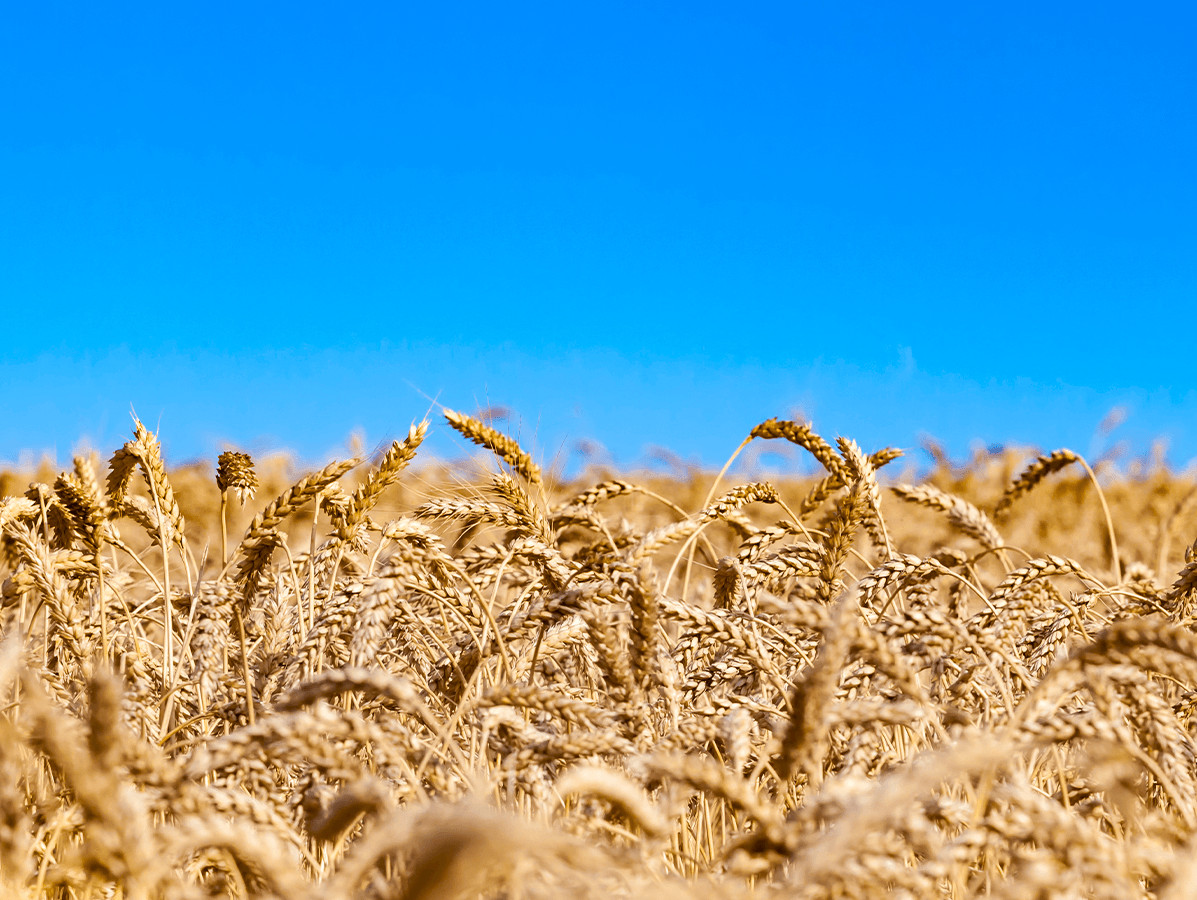
The war between Russia and Ukraine is affecting the Dutch economy hard. Judging from the battles and the strong sanctions, trade with these countries will be disrupted for a long time. This has a negative impact on virtually the entire Dutch food and agri sector, not just grain, according to Rabobank research. In particular, the dependence on (Russian) gas weighs heavily on our economy and inflation expectations.
Ukraine is referred to as Europe's granary, but the region is also a major exporter of feed corn, sunflower oil and meal, and fertilisers, mainly nitrogen and potassium fertilisers. Because of the conflict, the prices of these agri-commodities are also rising sharply.
Greenhouse horticulture and a large part of the food processing industry are dependent on gas. Since the invasion of Ukrainian territory, the gas price has risen by 90 percent. Bakers and biscuit makers in particular have to deal with the rising price of gas, but also with the price of grain. This has risen by more than 25 per cent. If the war unexpectedly lasts longer than six months, the sanctions prove effective and the Black Sea ports remain closed, the grain price could double compared to last January. Higher grain prices may also indirectly contribute to more expensive (industrial) vegetables as these products compete for the same arable land.
The Netherlands normally gets about 3.7 million tonnes of feed corn from Ukraine annually. That is roughly 60% of all the feed corn we import. Since the invasion, the price of feed corn has risen by 14 percent. The high price is probably still bridgeable, the question is whether there is supply to be found. Feed costs account for 60 to 80 per cent of total costs, so higher feed prices have a big impact on pig and poultry farmers. The poultry market is probably tight enough at the moment to pass on much of the cost increase to customers. Whether pig farmers will be able to do this is questionable, given the current oversupply on the European market, which is already resulting in a lower sales price. For dairy farmers, the price increase mainly applies to feed concentrates. Feeding less concentrate is an option, but it does depress milk production.
Since mid-2021, the sector has been struggling with historically unprecedented cost price inflation due to: geopolitical tensions, disruptions to trade flows caused by corona, lockdowns, the stranded container ship in the Suez Canal, an unexpectedly strong recovery in consumer demand after the lifting of lockdowns, the weather, staff shortages and low stock levels in the chains. Producers indicated in October that they would need around 10 per cent higher selling prices to cover increased costs. Since then, raw material costs have only risen further.
Source: Rabobank